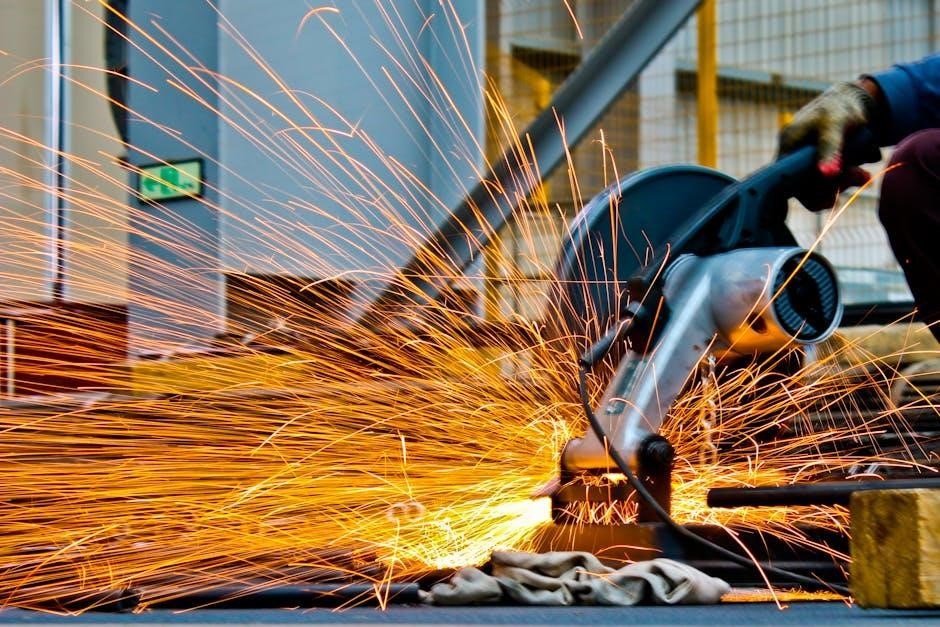manual slicer
Manual slicers are kitchen appliances with
- various features
designed for precise cutting, offering users a convenient way to prepare meals with
ease and efficiency
every day always.
Definition and Purpose
A manual slicer is a kitchen appliance designed to slice various types of food, including meat, cheese, and bread, with a high level of precision and control, using a manual operation to achieve the desired results.
The purpose of a manual slicer is to provide users with a convenient and efficient way to prepare meals, allowing for even and uniform cuts, which can be adjusted to suit different types of food and personal preferences.
Manual slicers typically consist of a blade, a handle, and a platform or tray to hold the food in place, making it easy to slice and serve a variety of dishes, from sandwiches and salads to main courses and snacks.
With a manual slicer, users can enjoy the benefits of freshly sliced food, without the need for expensive or bulky electric appliances, and can also appreciate the satisfaction of preparing meals by hand.
Overall, the definition and purpose of a manual slicer is to provide a practical and effective solution for food preparation, making it an essential tool for home cooks and professional chefs alike, and a valuable addition to any kitchen.
The manual slicer is a simple yet effective appliance that can be used in a variety of settings, from home kitchens to restaurants and cafes.
Types of Manual Slicers

There are several types of manual slicers available, each designed to suit specific needs and preferences, including handheld slicers, compact slicers, and heavy-duty slicers.
Manual slicers can be categorized by their blade type, such as straight, serrated, or curved, and by their material, including stainless steel, chrome-plated steel, and ceramic.
Some manual slicers are designed for specific tasks, such as meat slicing, cheese slicing, or bread slicing, while others are more versatile and can handle a variety of foods.
Additionally, manual slicers can vary in size, from small, portable models to larger, more robust units, making them suitable for use in different settings, including home kitchens, restaurants, and food service areas.
The various types of manual slicers offer users a range of options to choose from, allowing them to select the model that best meets their needs and preferences, and to enjoy the benefits of manual slicing, including precision, control, and convenience.
Manual slicers are widely available and can be purchased from a variety of retailers, both online and in-store, making it easy to find the perfect model for any user.

Features and Benefits
Manual slicers have various features that provide benefits to users always with ease.
Key Features
Manual slicers have several key features that make them useful in the kitchen, including adjustable thickness settings and serrated blades for effortless cutting.
The blades are typically made of high-quality materials, such as chrome-plated steel, and are designed for precise and uniform cuts.
Some models also come with additional features, such as a scale line and suction cup for stability and ease of use.
The turn of a dial allows users to adjust the thickness of the slices, making it easy to customize the cutting process.
These features, combined with the manual operation, provide users with a convenient and efficient way to prepare meals.
The compact size of some manual slicers also makes them ideal for small kitchens or for those who do not have a lot of storage space.
Overall, the key features of manual slicers make them a valuable addition to any kitchen, providing users with a reliable and easy-to-use cutting solution.
With their durable construction and easy-to-use design, manual slicers are a great option for anyone looking to add a versatile cutting tool to their kitchen arsenal.
Benefits
Manual slicers offer several benefits to users, including precision and control over the cutting process.
The ability to adjust the thickness of slices allows for customization and flexibility in meal preparation.
Manual slicers are also relatively inexpensive compared to automatic slicers, making them a cost-effective option for home cooks.
Additionally, manual slicers are often more compact and require less storage space, making them ideal for small kitchens.
They are also easy to clean and maintain, with fewer parts to worry about.
The manual operation of these slicers also provides a more tactile and engaging cooking experience.
Overall, the benefits of manual slicers make them a great option for anyone looking to add a reliable and versatile cutting tool to their kitchen.
With their ease of use and customizable features, manual slicers are a valuable addition to any kitchen, providing users with a convenient and efficient way to prepare meals.
They are perfect for food enthusiasts who want to take control of their meal preparation and achieve professional-like results.

Usage and Maintenance
Manual slicers require regular
- cleaning
and proper storage for optimal performance always daily.

Using a Manual Slicer
Using a manual slicer is a straightforward process that requires some practice to achieve perfect results. The first step is to place the food item on the slicer’s platform, making sure it is secure and even. Then, the user needs to turn the handle to start the slicing process. The slicer’s blade will move back and forth, cutting the food into thin slices. It is essential to apply gentle and consistent pressure to ensure uniform slices. The slicer’s thickness adjustment feature allows users to customize the slice thickness to their liking. Additionally, some manual slicers come with a built-in scale or measurement guide, making it easy to achieve precise cuts. By following these simple steps and using the manual slicer correctly, users can enjoy perfectly sliced food every time, whether it’s for cooking, serving, or storing. With regular use, manual slicers can become an indispensable tool in any kitchen.
Maintenance and Care
To ensure the manual slicer continues to function optimally, regular maintenance and care are necessary. This involves cleaning the slicer after each use, paying particular attention to the blade and platform. A soft brush or cloth can be used to remove any food residue, and a mild detergent can be applied to sanitize the surfaces. It is also essential to dry the slicer thoroughly to prevent rust or corrosion. The blade should be sharpened periodically to maintain its cutting efficiency, and the slicer’s moving parts should be lubricated to prevent wear and tear. Additionally, the slicer should be stored in a dry place, away from direct sunlight and moisture. By following these maintenance and care guidelines, users can extend the lifespan of their manual slicer and ensure it remains a reliable and efficient kitchen tool. Regular maintenance also helps to prevent accidents and ensures the slicer continues to produce high-quality slices. Proper care and maintenance are crucial for optimal performance and longevity.
